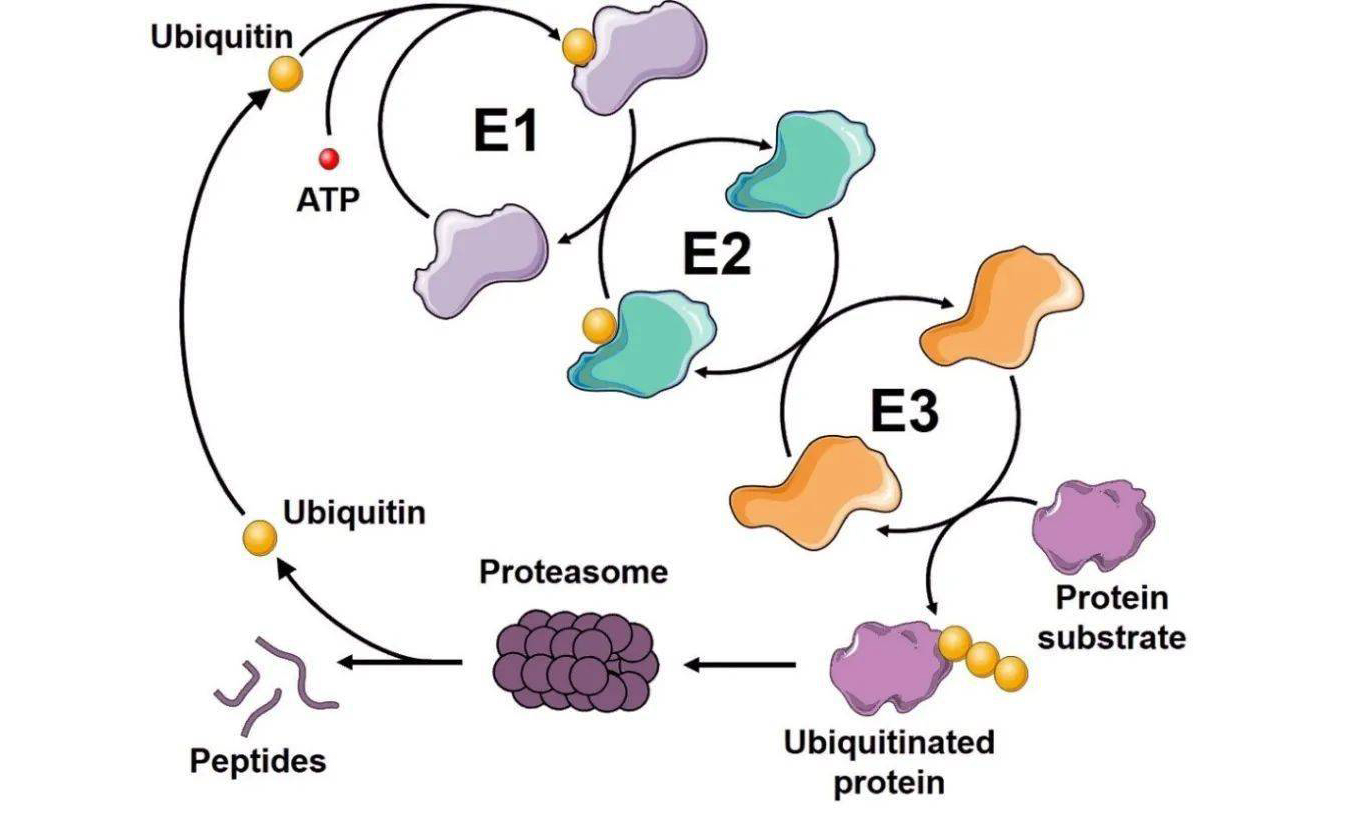Protease (also called proteinases or peptidases) are enzymes that catalyze the breakdown of proteins into smaller peptides or amino acids. Their function is crucial for a variety of biological processes, and their research spans a wide array of fields. Here are some key research directions in the study of protease:
1. Protease Inhibition for Therapeutics
- Targeting disease-causing protease: Many diseases are associated with abnormal protease activity, such as HIV (where the HIV protease is targeted by antiretroviral drugs), cancer (where matrix metalloproteinases and other protease contribute to metastasis), and neurodegenerative diseases like Alzheimer’s and Parkinson’s (where protease dysregulation may contribute to protein aggregation).
- Drug discovery: Identifying small molecules or peptides that can inhibit specific protease to treat diseases. This is particularly important in oncology, HIV/AIDS, and viral infections (e.g., protease inhibitors for Hepatitis C, and COVID-19).
- Enzyme replacement therapy: In cases of inherited disorders like Gaucher disease, where a missing or defective protease is replaced or mimicked by recombinant enzymes.

2. Protease and Protein Quality Control
- Regulation of protein homeostasis: Protease is essential in maintaining cellular protein quality by degrading misfolded, damaged, or unnecessary proteins. Research is focused on understanding proteases’ role in the ubiquitin-proteasome system and autophagy, which regulate protein degradation in cells.
- Protease in cellular stress responses: Protease play a role in maintaining protein homeostasis during stress conditions (e.g., heat shock, oxidative stress). Their activity is regulated under conditions such as nutrient deprivation or oxidative damage.
3. Protease and Cancer Research
- Protease in tumor progression: Protease like matrix metalloproteinases (MMPs) and cathepsins play a role in the degradation of extracellular matrix components, facilitating cancer cell migration and metastasis. Research is directed towards inhibiting these enzymes to stop cancer metastasis.
- Protease as biomarkers: Certain protease is overexpressed or aberrantly activated in cancer and can be used as biomarkers for diagnosis, prognosis, or monitoring disease progression.
4. Protease in Infectious Diseases
- Viral proteases: Many viruses, such as HIV, Hepatitis C, and SARS-CoV-2, require specific protease for processing viral polyproteins into functional viral proteins. Inhibiting these proteases can halt viral replication. Research in this area is focused on developing specific protease inhibitors for new and emerging viruses.
- Bacterial protease: Some bacterial pathogens use proteases to degrade host immune system components or to modulate host cell signaling. For example, Clostridium botulinum and Vibrio cholerae produce protease that contribute to their virulence.
5. Protease in Development and Differentiation
- Protease in embryonic development: Protease like caspases are involved in programmed cell death (apoptosis) and in remodeling tissues during development. Their research focuses on understanding their regulation and role in cell fate decisions.
- Protease-activated receptors (PARs): These are a family of receptors that are activated by proteolytic cleavage, triggering intracellular signaling. They are involved in a variety of physiological processes, including blood clotting, inflammation, and the immune response.

6. Protease in Aging and Longevity
- Protease in age-related diseases: As organisms age, the balance of protease activity shifts, often leading to the accumulation of damaged proteins. This is thought to contribute to aging and age-related diseases like Alzheimer’s, Parkinson’s, and type 2 diabetes.
- Proteostasis and aging: Research focuses on how protease activity is regulated in aging and whether modulating protease function can influence lifespan or delay aging-related diseases.
7. Structural and Functional Studies of Proteases
- Protease structure-function relationships: Understanding the molecular details of how protease work, including the structure of their active sites, substrate specificity, and mechanisms of catalysis.
- Protease engineering: Designing new protease with tailored specificity or stability, or creating protease with novel functions for industrial or therapeutic uses (such as proteases for targeted cancer therapy or synthetic biology applications).
8. Computational Protease Modeling
- Predicting protease-substrate interactions: Using computational methods to model protease function, predict substrates, and design inhibitors. Machine learning and artificial intelligence are increasingly being used to predict how proteases interact with substrates and small molecules.
- Protease dynamics and allosteric regulation: Investigating the dynamic behavior of protease and their regulation by small molecules or other proteins, including understanding how conformational changes affect enzyme activity.
9. Protease in Agriculture and Biotechnology
- Protease in food processing: Enzymes like bromelain, papain, and rennet are used in food industries to break down proteins. Research is being done to discover new protease with better performance in food processing.
- Protease in biocatalysis: In biotechnology, protease is used in industrial processes for the synthesis of peptides, protein modification, and bioremediation. Proteases are also used in detergents, leather processing, and textile industries.

10. Host-Pathogen Interactions
- Protease in immune evasion: Many pathogens (viruses, bacteria, fungi) produce protease that help them evade the immune response by cleaving immune proteins, such as antibodies or cytokines. Understanding these interactions is a growing area of research for developing new therapeutic strategies.
Conclusion
Protease research is broad and interdisciplinary, encompassing fields like drug design, structural biology, biochemistry, and clinical applications. As new technologies emerge, such as CRISPR for gene editing or AI for drug discovery, the ability to design specific protease inhibitors or activators will become even more sophisticated. Understanding proteases at a molecular level continues to hold promise for treating diseases and advancing biotechnological innovations.
